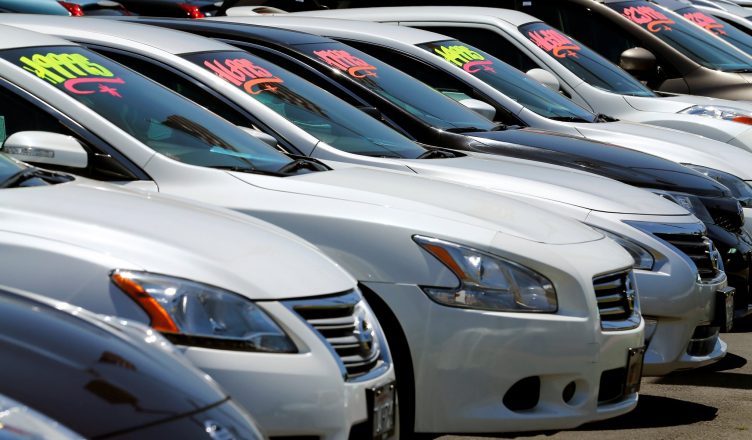The number of cars and light trucks sold in the United States is known as auto sales. The United States Department of Commerce reports the number of sales on an annual basis. These figures are viewed as an indicator of overall economic health. While the “big three” have long dominated the automotive industry, newcomers like Tesla and Elon Musk have helped make the company a force to be reckoned with. The decline in auto sales in recent months may have sparked political tensions as it may force the automakers to cut jobs.
The recent decline in sales of small cars isn’t the only reason for the weak economy. Automobile makers are likely to report a sharp drop in sales in March and the first quarter. The ongoing shortage of new vehicles has left consumers with few options, and some models are increasingly expensive. Moreover, automakers and parts makers are spending billions of dollars on research and development. As a result, the auto industry’s performance could continue to weigh on the economy.
Automakers are already taking measures to combat this issue. The recent coronavirus pandemic is a potential cause for slower sales growth in the automobile industry. The decline in sales of gas-powered vehicles is expected to continue until 2021, when the new models will be more durable and cheaper. This may also result in higher sales of electric vehicles, such as Tesla. Moreover, it may affect the industry’s bottom line if a coronavirus pandemic hits the country.
Nevertheless, the automakers are keeping their truck plants open as much as possible to meet demand. Ford and G.M. have five plants in operation, while Fiat Chrysler has two operating 24 hours a day, six days a week. However, despite the increasing numbers of vehicles on the lot, automakers are still struggling with supply issues prompted by the Covid crisis. The recent invasion of Ukraine could also lead to additional challenges. This is not good news for automakers.
Auto sales in the United States have increased over the past few years, with the Ford F-Series being the top-selling car in the US. In 2019, it sold 896,526 units. Despite the financial crisis, electric cars continue to be popular. Moreover, in 2018 alone, car sales in California were twice as high as in other states. Despite this, the number of used vehicles is still higher than the sales of new vehicles.
Although auto sales may seem a little inflated, they are still important indicators of the state’s economy. Because most vehicles are sold to residents of a state, auto sales in a particular area are often highly indicative of local demand. The state’s use tax collections result from motor vehicle sales and other sales. The decrease in auto sales was particularly dramatic when gas prices soared in mid-2008. The state has since made regulations and implemented programs to help electric vehicles charge their batteries.

